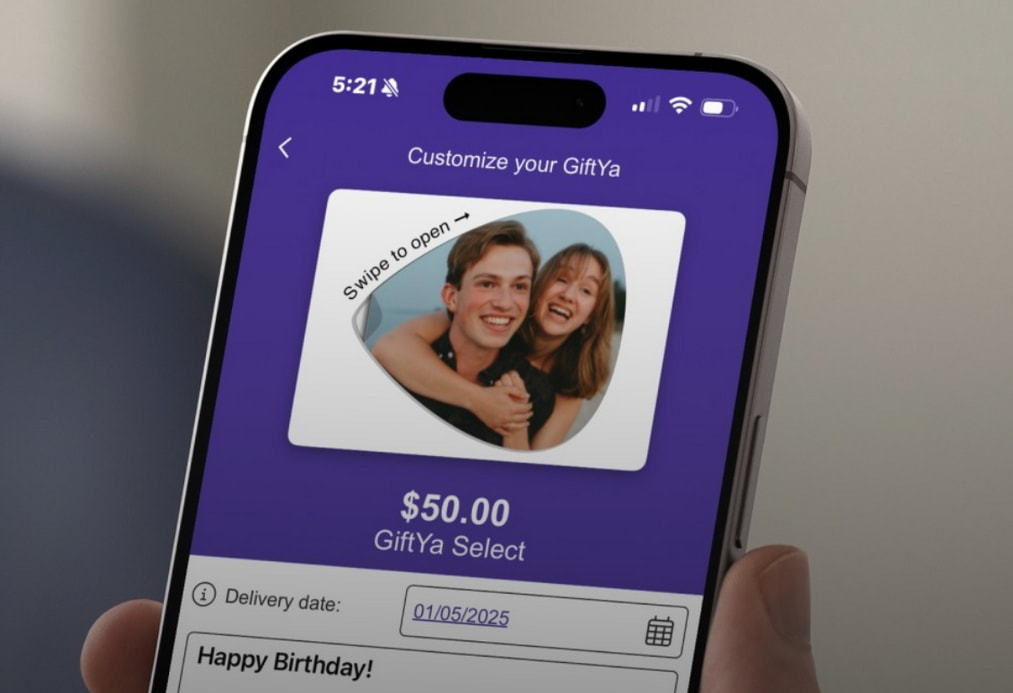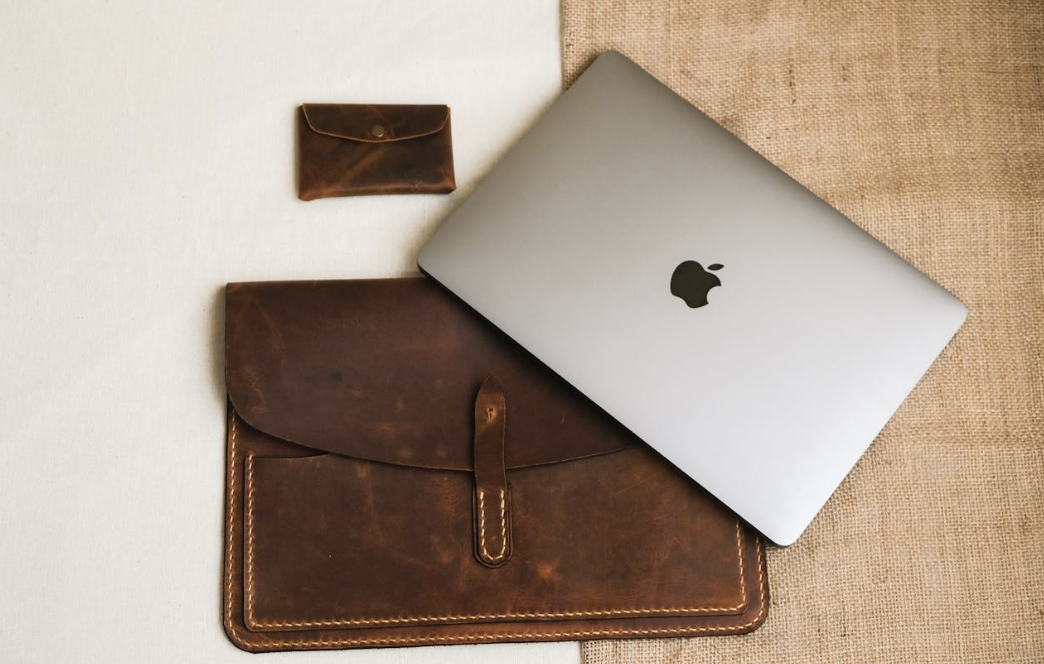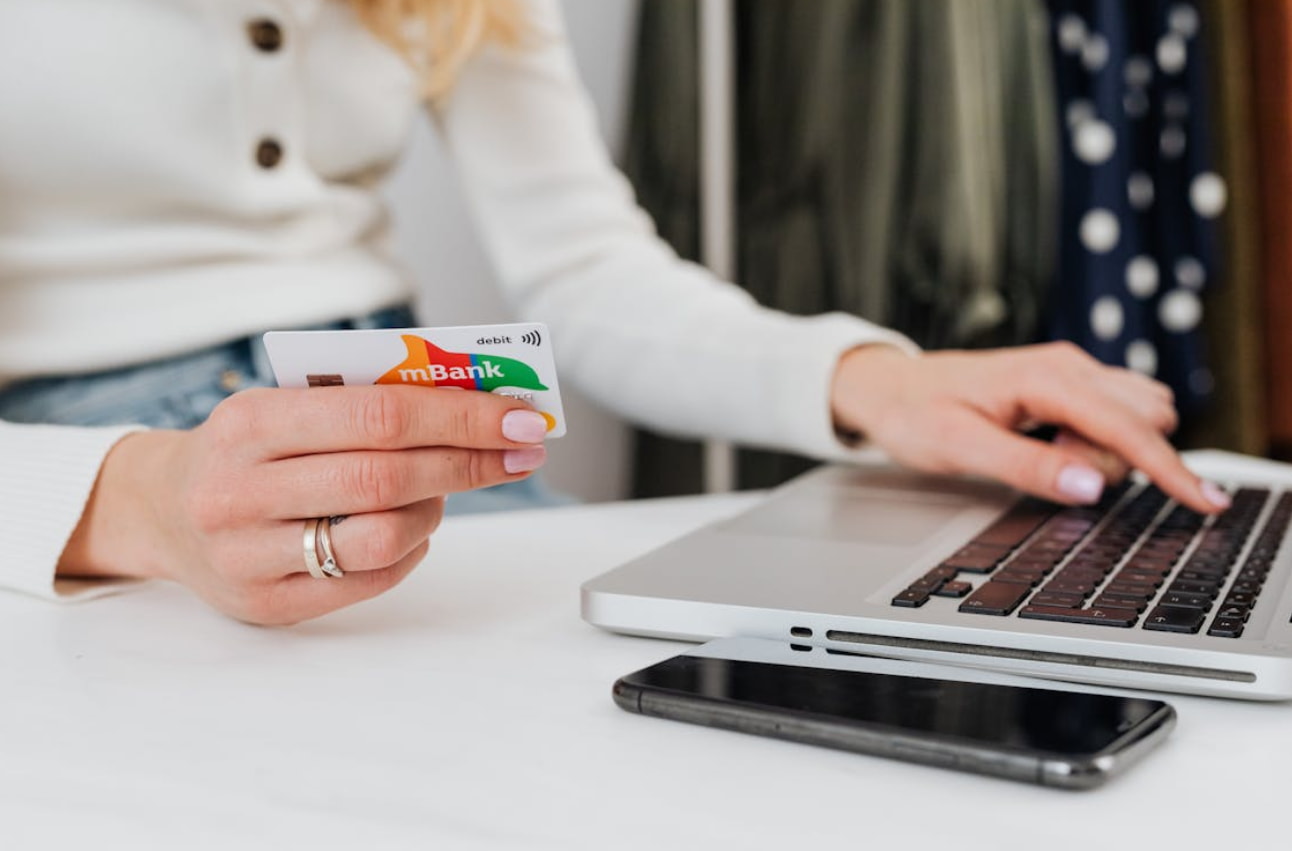
While the development of plastics has led to everything from CDs to medical equipment, many of the day-to-day items we use don’t break down as fast as we use them, or at all.
Take, for instance, the huge push a few years back for manufacturers to stop producing hand soaps, facial cleansers, and more filled with microbeads. Those tiny beads, meant to act as an exfoliator in personal hygiene and daily cleaning products, were found to be harmful to the environment. Even though they were small in size, they were big in the impact they generated as they didn’t break down and were popping up in bodies of water and being eaten by aquatic life.
Just like those microbeads, another major contributor to plastic pollution has come under scrutiny.
Single-use plastics
Some states like New York and California are passing laws that prohibit the use of single-use plastic items like grocery bags or bottled water. But it stretches way beyond that.
Take a look at your wallet and count how many plastic gift cards are in there. What do you do with those plastic gift cards after you use them at the store or restaurant?
You may not have considered it before, but plastic gift cards are single-use plastic. While some gift cards are reloadable, most of the time you end up throwing that gift card away after you’ve used it. Gift cards are made of Polyvinyl chloride, also known as PVC. This type of plastic is commonly used as it can be engineered in a rigid or flexible form. You can find PVC in construction materials like siding for a house, to everyday products like shower curtains.
So, what does this all mean?
In short, gift cards contribute to a significant amount of plastic waste per year. To highlight this concern, we pulled data from over the past 5 years from trusted industry sources and crunched the numbers to show the environmental impact of plastic gift card waste.

How we did the math:
The gift card market is a $160 billion dollar industry.
The average load value of a gift card is $50.00
First, we took $160 billion divided by 50 to come up with 3 billion two hundred million dollars.
Then, we accounted for eGift cards which make up 7% of the market.
3 billion two hundred million dollars multiplied by 93% came out to 2 billion nine hundred seventy-six million.
Then, we took a moment to weigh a gift card. It turns out, a gift card weighs 5 grams.

2 billion nine hundred seventy-six million worth of plastic gift cards x 5 grams/1000 equals 14 million, eight hundred eighty thousand kilograms.
Finally, 14 million, eight hundred eighty thousand kilograms/1000 equals 14 thousand eight hundred eighty tons which we rounded up to 15 thousand.
GiftYa: The alternative to plastic gift cards
National Geographic pointed out in an article that one solution in preventing plastic waste can be accomplished in “…reduction in manufacturing of unnecessary single-use plastics.” This is where GiftYa comes into play.
GiftYa is a digital gift card that you send via text. It provides an alternative to plastic gift cards as it offers electronic alternatives to both national chains and local establishments. So, for instances in which a local diner or boutique doesn’t sell gift cards or gift certificates, GiftYa allows you to send an eGift for that establishment or any other, anywhere in the U.S.
Since the gift is sent virtually, there is no plastic card being thrown into the trash. Furthermore, all account information, correspondence, and so on, is available in your digital account so there’s no junk mail filling your mailbox.
For this reason, and several others, consider sending a gift via GiftYa instead of handing over a plastic gift card for birthday, holidays, and other notable occasions.
Ways to reduce plastic waste
Many of you heard the phrase, reduce, reuse, recycle growing up. Or, you recall it fondly having been a part of the environmental movement in the70s when this mantra became popular. The purpose of the three R’s is to make humanity more aware of saving energy and resources. Here’s a quick breakdown of the three R’s and what you can do to waste less.
1. Reduce
Use what you have. Have you ever taken a hard look at the amount of trash you put out to the curb every week? Before you open the garbage can to throw something in there, consider if there’s an alternative purpose for it. Those empty sour cream containers from taco night can be washed out and used for future leftovers. Or, before you buy a new bottle of soap, use your existing dispenser and refill it.
2. Reuse
Start small. Stock the trunk of your car with 4 or 5 reusable grocery totes when you’re out shopping and use travel mugs or reusable water bottles in place of Styrofoam or paper cups.
3. Recycle
Check for the recycling symbol. Learn about what items your city or town accepts for recycling or find a nearby recycling center. Common items that can be recycled are the following:
- Paper and cardboard
- Aluminum cans
- Junk mail
- Newspapers
- Magazines
- Plastic jugs
- Glass bottles
In short, plastic pollution affects us globally. If we all pitch in and make small changes in our daily habits, it could make a difference when it comes to combating this issue. Join GiftYa as we forget about the plastics.
Written by Mary Koczan, Content Writer & Editor
Trae Bodge
Trae Bodge is the shopping expert here at GiftYa. Trae helps people find the best deals and ideas on popular new items to purchase.
Latest Posts
Latest Posts

With the Zelle App Gone, There’s No Direct Way to Cash Out a Gift Card to Zelle… Unless You’re Using GiftYa. Here’s the Whole Story.

How to Use Gift Cards from Apple Wallet so Your Funds Are Always at Your Fingertips (Or At Least In Your Pocket)

The Complete Guide to Unlocking V-Bucks and Skins with Your Fortnite gift card, Console gift card, Visa gift card, and More

Prepare for your next night out on the town in the city that never sleeps

From tonkotsu to shoyu, ramen shops across New York City serve up steaming bowls of comforting noodles that bring authentic Japanese flavors to the Big Apple!

Sending and receiving gift cards has never been easier than with the convenience of text message through your favorite retailers!

Sending and receiving gift cards has never been easier than with the convenience of text message through your favorite retailers!

Say Goodbye to the Physical Gift Card With the Convenience of an eGift from GiftYa

Your ultimate guide to the perfect last-minute gifts

With the Zelle App Gone, There’s No Direct Way to Cash Out a Gift Card to Zelle… Unless You’re Using GiftYa. Here’s the Whole Story.

How to Use Gift Cards from Apple Wallet so Your Funds Are Always at Your Fingertips (Or At Least In Your Pocket)















